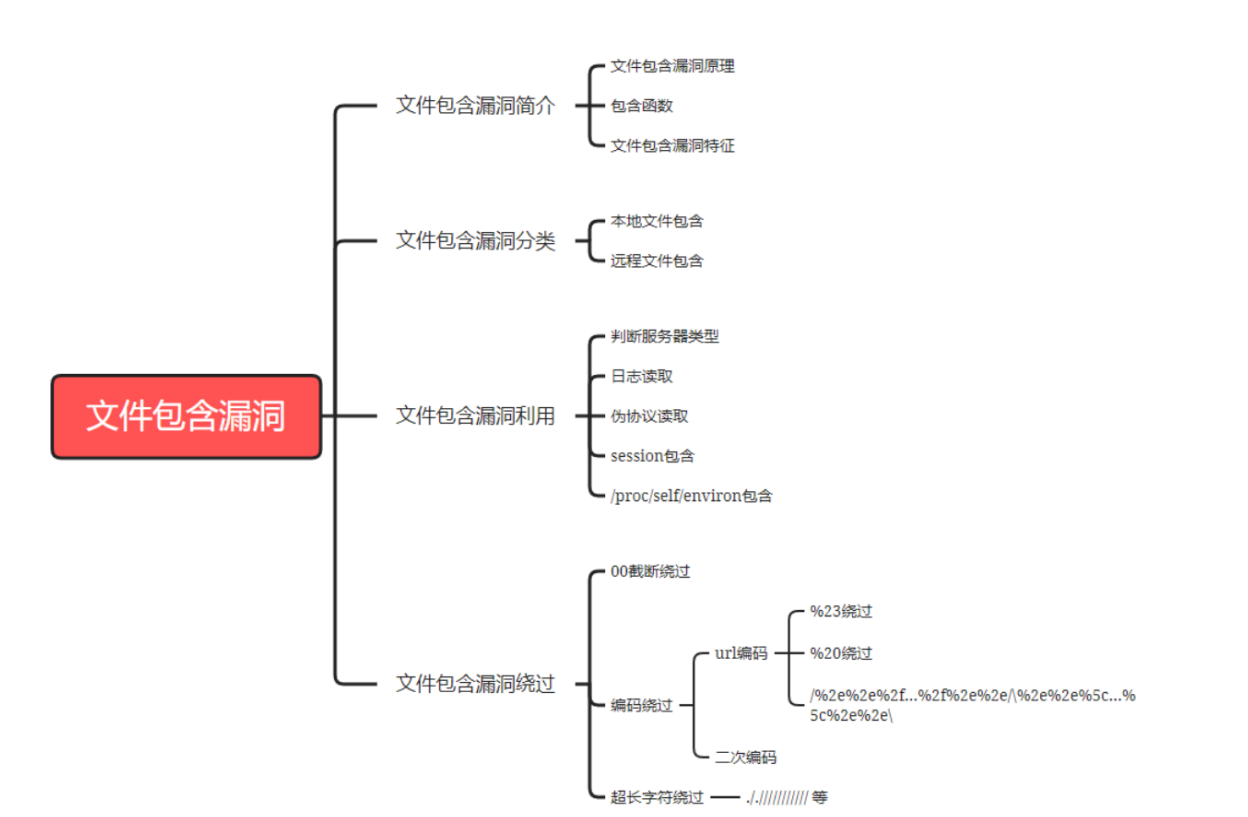使用 grep 命令的常用方式
grep 是一个强大的命令行工具,用于在文件中搜索文本。无论是程序员、系统管理员还是普通用户,都可以通过 grep 快速定位需要的信息。本文将介绍 grep 命令的一些常用方式,并给出相应示例的执行结果。
示例文本
在开始介绍 grep 的使用方法之前,我们先定义一个示例文本 example.txt。后续的所有示例都将基于这个文本进行操作。
example.txt 内容:
This is a test file.
It contains multiple lines.
Here is the pattern we are looking for.
Another line without the word.
Pattern matching is fun.
基本用法
grep 的基本用法是从文件中搜索指定的模式,并输出包含该模式的行。例如,搜索文件 example.txt 中包含字符串 “pattern” 的行:
grep "pattern" example.txt
执行结果:
Here is the pattern we are looking for.
忽略大小写
使用 -i 选项可以忽略大小写。例如,搜索 “pattern” 或 “Pattern” 或其他大小写组合:
grep -i "pattern" example.txt
执行结果:
Here is the pattern we are looking for.
Pattern matching is fun.
递归搜索
使用 -r 选项可以递归地搜索目录下的所有文件。例如,搜索目录 ./docs 下所有文件中的 “pattern”:
grep -r "pattern" ./docs
假设 ./docs 目录下有两个文件 file1.txt 和 file2.txt,内容如下:
file1.txt 内容:
This is the first file.
It has the pattern.
file2.txt 内容:
Second file here.
Pattern appears again.
执行结果:
./docs/file1.txt:It has the pattern.
显示行号
使用 -n 选项可以显示匹配行的行号。例如,搜索并显示匹配行及其行号:
grep -n "pattern" example.txt
执行结果:
3:Here is the pattern we are looking for.
匹配整个单词
-w 选项告诉 grep 只匹配整个单词(word)。它要求匹配的模式前后必须是非单词字符(如空格、标点符号、行首或行尾等),而不是其他字母或数字。例如,匹配 pattern 时,它会匹配 pattern 这个完整的单词,而不会匹配 patterns 或 patterned 等。
例如,搜索整个单词 “pattern”:
grep -w "pattern" example.txt
执行结果:
Here is the pattern we are looking for.
显示匹配的上下文
使用 -C 选项可以显示匹配行的上下文(即前后几行)。例如,显示匹配行及其前后一行:
grep -C 1 "pattern" example.txt
执行结果:
It contains multiple lines.
Here is the pattern we are looking for.
Another line without the word.
使用正则表达式
grep 支持使用正则表达式进行高级搜索。使用 -E 选项启用扩展正则表达式。例如,搜索以 “start” 开头、以 “end” 结尾的模式:
grep -E "^start.*end$" example.txt
假设 example.txt 内容为:
start of the line
start something in the end
start and end
another line start and end here
执行结果:
start something in the end
start and end
从文件列表中读取模式
使用 -f 选项可以从文件中读取多个模式。例如,从文件 patterns.txt 中读取模式并搜索:
grep -f patterns.txt example.txt
假设 patterns.txt 内容:
pattern
file
执行结果:
This is a test file.
Here is the pattern we are looking for.
Pattern matching is fun.
反转匹配
使用 -v 选项可以反转匹配结果,即显示不包含指定模式的行。例如,显示不包含 “pattern” 的行:
grep -v "pattern" example.txt
执行结果:
This is a test file.
It contains multiple lines.
Another line without the word.
Pattern matching is fun.
统计匹配次数
使用 -c 选项可以统计匹配的行数,而不是显示具体的行。例如,统计包含 “pattern” 的行数:
grep -c "pattern" example.txt
执行结果:
1
参考手册
正则表达是规则
grep 命令支持多种正则表达式语法,包括基本正则表达式(BRE)和扩展正则表达式(ERE)。正则表达式用于定义搜索模式,从而使 grep 能够匹配更复杂的文本模式。
基本正则表达式(BRE)规则
.:匹配任意单个字符。*:匹配零个或多个前面的元素。[]:匹配括号内的任意一个字符。^:匹配行的开头。$:匹配行的结尾。\:转义字符,用于匹配特殊字符。
示例:
grep 'c.t' file.txt # 匹配 'cat', 'cot', 'cut' 等
grep 'c[aeiou]t' file.txt # 匹配 'cat', 'cet', 'cit' 等
grep '^start' file.txt # 匹配以 'start' 开头的行
grep 'end$' file.txt # 匹配以 'end' 结尾的行
扩展正则表达式(ERE)规则
使用 -E 选项启用扩展正则表达式,支持更多高级特性:
+:匹配一个或多个前面的元素。?:匹配零个或一个前面的元素。|:匹配左边或右边的元素。():分组符号,用于分组子模式。
示例:
grep -E 'c(at|ot|ut)' file.txt # 匹配 'cat', 'cot', 'cut'
grep -E 'a+b' file.txt # 匹配 'aab', 'aaab' 等
grep -E 'colou?r' file.txt # 匹配 'color', 'colour'
官方文档
要了解更多 grep 命令及其正则表达式的规则,建议参考以下官方文档和资源:
-
GNU
grep手册:
GNU grep 文档 -
正则表达式教程:
正则表达式教程
参考链接
grep手册:grep 文档- 正则表达式教程:正则表达式教程
- Linux 命令大全:Linux grep 命令




















